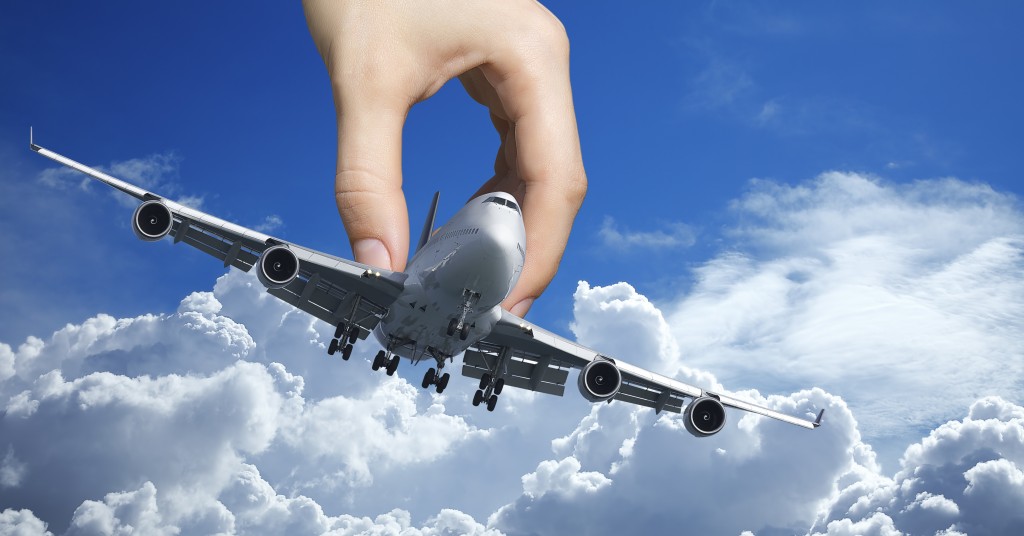Let’s split the Quality System into its constituent parts.
Quality Control – In just a few words the organisations ability to comply with the rules and deliver the production process in an effective way involving process procedures, management, competence, training and effective culture and behaviour.
Quality Assurance – Again in just a few words the QA process is intended to “ensure’ the effectiveness of the QC process.
However we can fall into a trap if we do not have an effective QA process which serves to exposure organisational deficiencies and provide a safety net for the organisation. Consider what happened in the case of Value Jet 592 and Alaska 261
Do we have a shared understanding of (Value Jet 592 and Alaska 261) what happened and why it happened? ….Exposures and the lessons to be learned (If not check Wikipedia)
In the case of Value Jet it was a contract service provider – Sabre Tech who was found to be negligent. In the case of Alaska it was internal processes which drove pre cursors leading up to the event where the aircraft was lost.
A special inspection conducted by the NTSB in April 2000 of Alaska Airlines uncovered widespread significant deficiencies that “the FAA should have uncovered earlier. The investigation concluded that “FAA surveillance of Alaska Airlines had been deficient for at least several years. The NTSB noted that in July 2001, an FAA panel determined that Alaska Airlines had corrected the previously identified deficiencies. However several factors led the Board to question “the depth and effectiveness of Alaska Airlines corrective actions” and “the overall adequacy of Alaska Airlines’ maintenance program.
Systematic problems were identified by the investigation in the FAA’s oversight of maintenance programs, including inadequate staffing, its approval process of maintenance interval extensions, and the aircraft certification requirements.
(Please consider where the NTSB is in the “Food Chain”) The role of The organisation is to comply with the all requirements in an effective way – Direct responsibility.
The role of QA within the organisation is to independently ensure that the QC element is functioning correctly.
The role of the Regulator is in actual fact oversight and in the case of the European & UAE system – EASA/GCAA the regulator is actually 2 steps removed from the event.
So clear we should see that it is incumbent on the QA department to ensure that we identify all issues in a diplomatic and effective way.
Never forgetting our role is to help to identify to enlighten and never to police.
Sofema Aviation Services offers a range of Quality and Compliance Training courses, both as Open and In Company training. For details of available training courses please see www.sassofia.com or email office@sassofia.com




